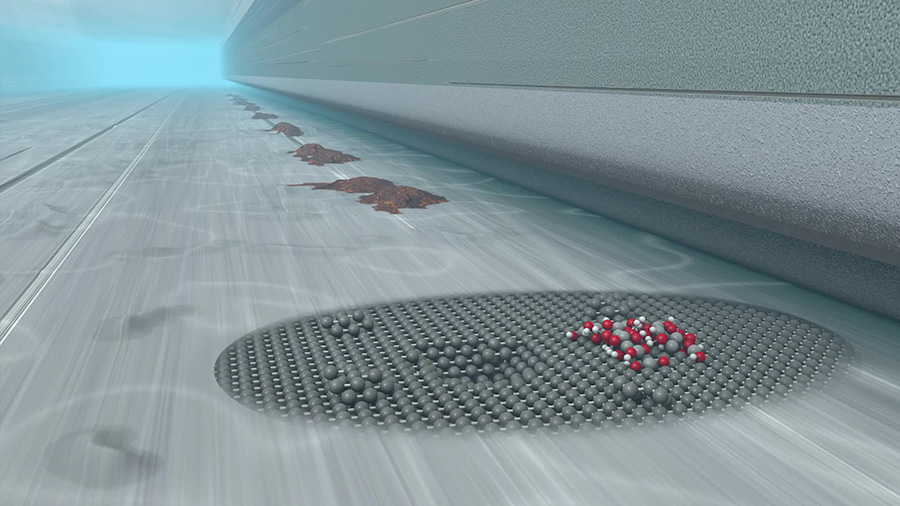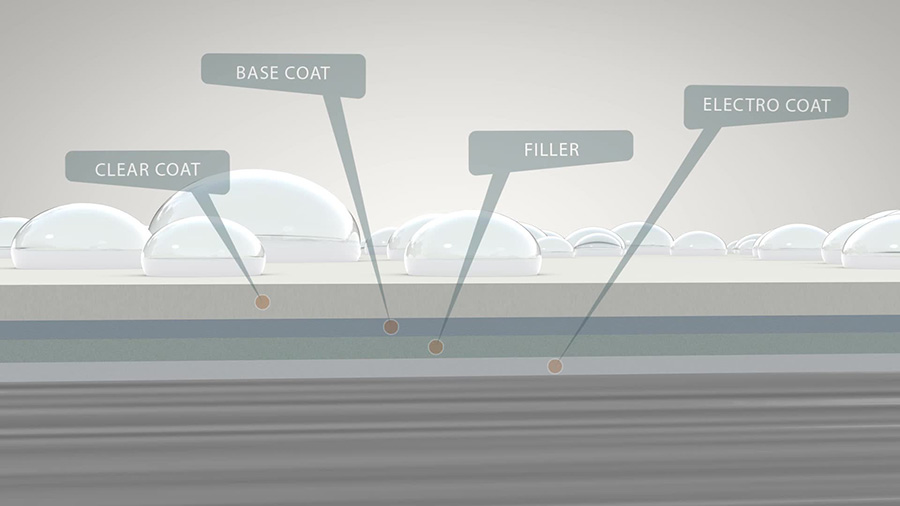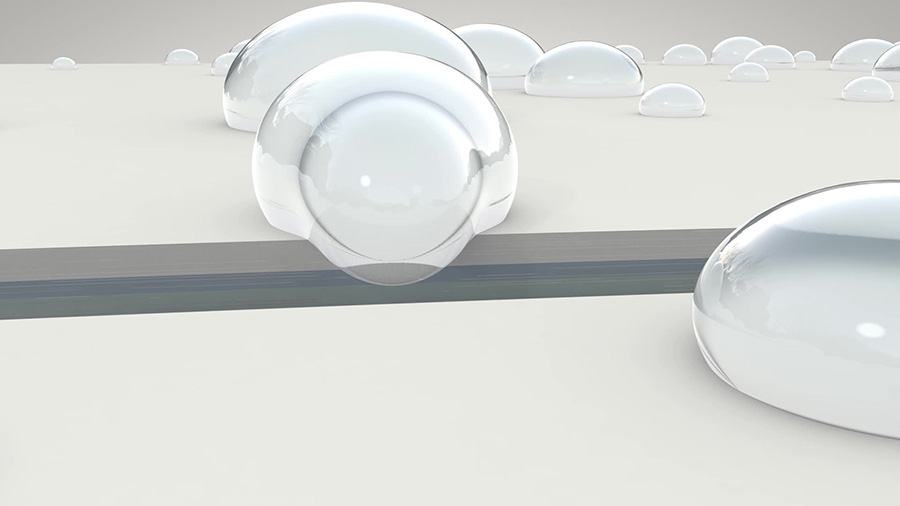Materials Surfaces – Surface Materials - Experts in Teamwork
Materials Surfaces – Surface Materials
Materials interact with their surrounding through their surfaces. Surfaces determine how a structure looks like. Many big problems in society related to sustainable energy conversion crucially rely on physical and chemical processes at materials surfaces. Interaction of materials with living matter depends on surface properties. Degradation of materials starts via surface processes. The durability of materials surfaces is crucial for the production of sustainable structures. These many examples highlight how wide-spread materials interfaces are. In this village, we will connect academic aspects with ‘real-world’ problems.

Relevant competency
This village is suitable for anyone and benefits from a complementarity of participants’ background subject. Interest is more important than solid background. For almost all students, the possibility will exist to develop their subject-related expertise. Project choice will depend on which competences a team will have.
Teaching method
Classroom: In this village there will be predominantly classroom teaching.
After discussion with students at the start of the semester, we may include individual hybrid events.
About the village
Humans interact with materials through materials surfaces. The environment interacts with materials through the materials external surface. On the other hand, each material is internally inhomogeneous and its macroscopic properties are often determined by ‘internal’ interfaces. In some materials, such as porous materials, the fraction of material which is near a surface is maximised, which leads to interesting novel features. Chemical, physical and biological processes are often triggered at interfaces. Many industrial processes rely on a certain structure of an interface controlled material, e.g. in industrial catalysis or metal production. In this village, we will explore in a truly interdisciplinary fashion the complex relationship between macroscopic properties and details on all length scales – down to atomic details.
Projects in this village will make use of the special knowledge of the village members in their field of specialization, throughout the complete course portfolio of a university. Projects are initiated and developed by the students, but some suggestions from different industries will come in. Projects can be developed in contact with researchers from different academic or industrial environments. As this is a new village, participants can participate actively in developing structure, topics, culture and scope of the village.
Intra-group communication is possible both in Norwegian and in English. At the time of writing, it is planned that a co-village leader with main job in the industry will join the village.


Fakta
- Course code: TMT4852
- Village title: Materials Surfaces – Surface Materials
- Type: Semester-based
- Teaching method: Classroom, with the option to make parts hybrid after agreement
- Language: English
- Village supervisor: Andreas Erbe
- Contact information: andreas.erbe@ntnu.no
- Semester: Spring 2023
- Location: Trondheim
- Host faculty: NV
Important information about EiT:
- The focus on teamwork skills and group processes is the unique feature of Experts in Teamwork (EiT)
- EiTs teaching methods depend on the contribution and presence of every participant throughout the semester. For this reason, attendance is compulsory on every village day.
- In contrast to many courses, the first few days are especially important in EiT. During this period, get to know each other and discuss what each individual can contribute. You will also draw up the compulsory cooperation agreement and start preparing a shared research question.
- For additional information about Experts in Teamwork, see page for students
